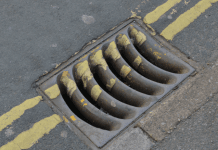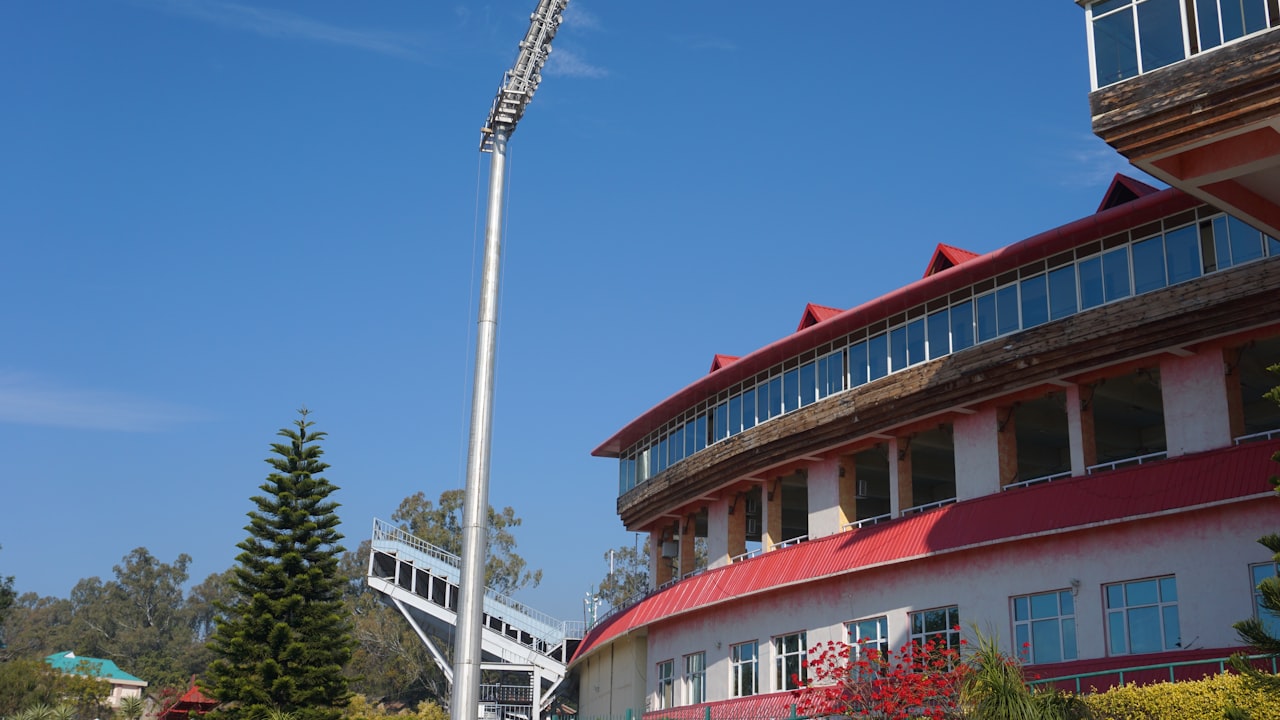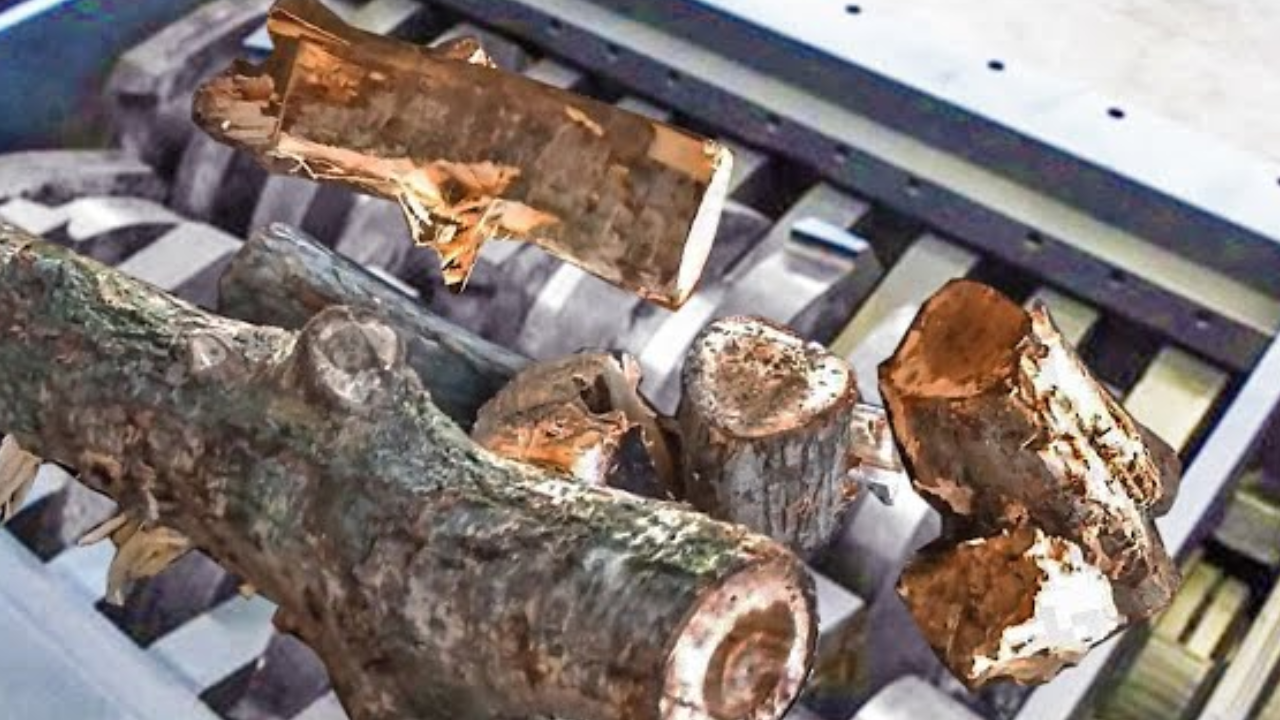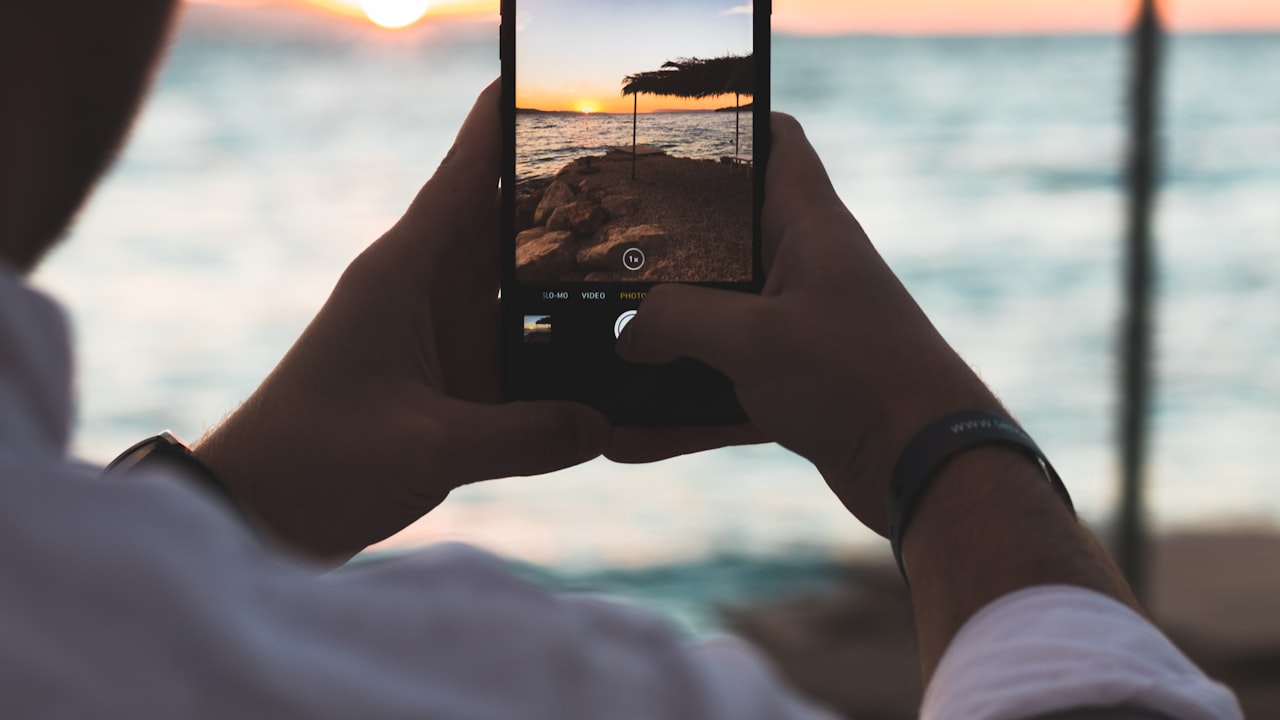The reverse osmosis (RO) water filter purifies water using the reverse osmosis process. Water pollutants can be removed by RO filters, making the water safe to drink.
The RO filter is used as a semipermeable membrane in simple appliances such as a camper’s filter bottle. Because RO membranes take time to produce clean water and require relatively clean feed water, they are sold as a complete system with other prefilters.
Sink-top filters, whole-house systems, and under-sink systems are the most common configurations.
What is the Process of Reverse Osmosis?
The under sink reverse osmosis process is what RO filters get their name from, and they use it to filter water as well. When a solvent travels from a low concentration region to a high concentration region through a permeable membrane, it is called osmosis. In contrast to osmosis, reverse osmosis is the polar opposite. During the process, the solvent is forced to move from a high to a low concentration area due to hydrostatic pressure.
During reverse osmosis, water pressure pushes the contaminated water through the membrane to the other side. Only pure water molecules can pass through the membrane’s pores, which are typically smaller as compared to a red blood cell in humans (as small as 0.0001 microns in some cases). As a result, wastewater rejects pollutants and washes them away.
When it comes to removing pollutants from water, RO filters are extremely effective. Heavy metals such as lead, nickel, and mercury can be removed by the filters in excess of 90 percent and up to 99.99 percent of the time. Viruses, Algae, hormones, bacteria, herbicides, and pesticides can also be removed using RO filters.
Furthermore, RO filters need a lot of water to wash away the contaminants that even a small amount of pure water produces. Pure water to wastewater ratios of 1:1 is achieved in the most advanced permeate pump systems. Also, always check your RO system’s mileage; mileage varies between systems, so it’s best to get the most efficient ones.
Why Is A Water Filter Necessary?
You’re probably reading this article for a variety of reasons, including ensuring that you and your family have safe, healthy drinking water or learning about different water filtration systems.
Tap water is no longer safe, even if it comes from a high-quality city or well. Furthermore, there is no assurance that bottled water is superior to tap water.
According to the EWG’s tap water database, carcinogenic contaminants are found in 81 percent of Americans’ drinking water. In addition, hexavalent chromium, the “Erin Brockovich” chemical, is consumed by 77 percent of Americans. Arsenic, chromium-6, disinfection byproducts, and lead have all been found in water samples from all 50 states. Nitrates from fertilizers and radiological contaminants are also found in the water samples.
Reverse osmosis water filters are recommended by the EWG for effectively filtering drinking water. Nitrites, Lead, nitrates, arsenic, selenium, fluoride, and chromium are just a few of the common water contaminants that RO filters can remove up to 99 percent of. PFOS, PFAS, GenX, and PFOA chemicals, as well as phosphate, cadmium, barium, radium, chlorine, bacteria, cysts, and viruses, are all permanently removed by the filters.
However, deciding on your first system from among the many reverse osmosis water filtration systems available can be difficult, especially if you are unfamiliar with water treatment.
If a RO water filter system isn’t right for you, you can look into hole house water filter reviews.
Check out our reverse osmosis purchasing guide below before making a decision on a specific RO system.
The Best Reverse Osmosis Systems
Waterdrop G3P800 Reverse Osmosis Water Filter
Improved 7-Layer RO Membranes
The Waterdrop G3P800 improved seven-layer RO membrane is a good tap water filter, removing bacteria, viruses, heavy metals, and other contaminants. Furthermore, the reverse osmosis water filter system features powerful 3-stage filters as well as a water scale inhibitor for preventing the water scale. The RO membrane also has a pore size of around 0.0001 microns, which is 1000 times smaller than the coronavirus. The omicron coronavirus variant was discovered in water, according to CNN. As a result, the G3P800 water filter makes an excellent present for your loved ones. Take a look at our Everything You Need to Know about Omicron.
Advanced LED Light
The Waterdrop G3P800 has a design that incorporates a safer and more intelligent LED UV sterilizer, allowing it to effectively reduce viruses and bacteria by up to 99.9%. Comparing UV Light, Ultrafiltration, and Hydrogel Water Purification Techniques is a blog post we wrote previously about UV light. Additionally, the RO Membranes and UV light provide double protection. The new adapted LED material is safe when compared to traditional mercury UV sterilizers.
Large Storage Capacity with Low Energy Consumption
Large families and small businesses will benefit from the 800GPD Waterdrop G3P800. This water filter saves 12 times more water than traditional filters thanks to the included Waterdrop advanced water dispensing technology. Aside from that, the filter has an LED UV light that only turns on when water passes through it, saving energy.


















